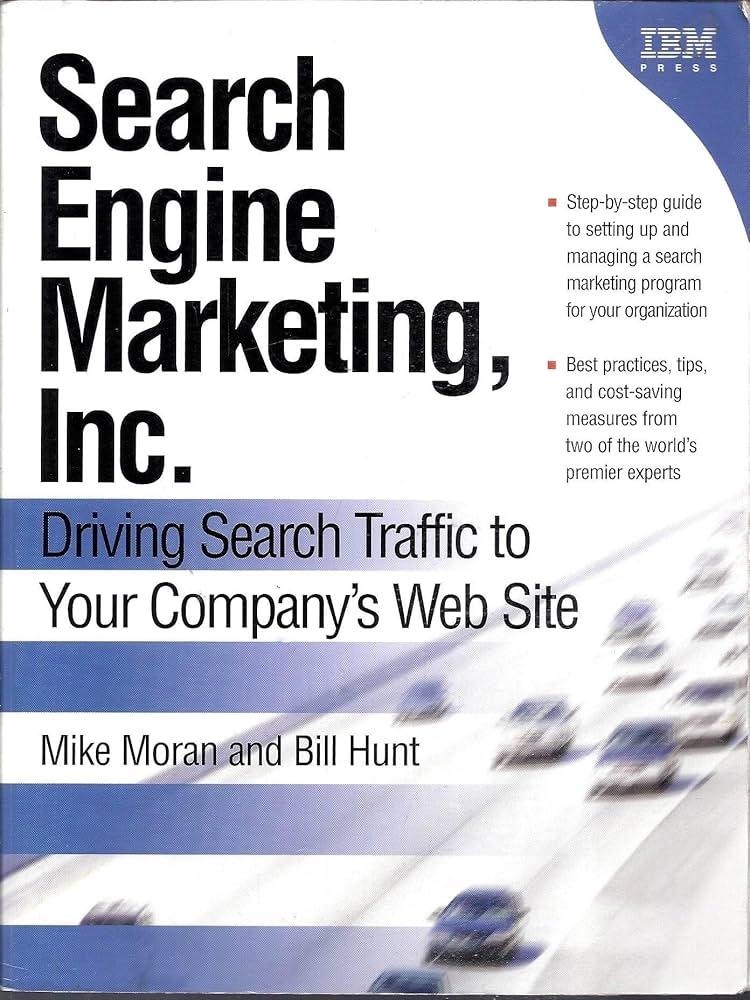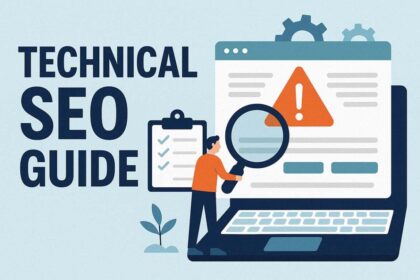In the digital age, where countless websites compete for attention in an ever-expanding virtual marketplace, achieving visibility can often feel like searching for a needle in a haystack. Enter Search Engine Marketing (SEM), a potent ally in this quest for prominence. This article delves into the transformative power of SEM, illuminating how businesses can harness its strategies to elevate their online presence and connect with the right audience. From understanding the intricacies of pay-per-click advertising to optimizing digital content for maximum reach, we will explore the multifaceted dimensions of search engine marketing. Join us as we unlock the secrets of this essential tool, paving the way for brands to rise above the noise and thrive in the bustling world of online commerce.
Understanding the Fundamentals of Search Engine Marketing
Search Engine Marketing (SEM) is a multifaceted approach that allows businesses to enhance their online visibility, thereby driving targeted traffic to their websites. At its core, SEM combines paid advertising and organic search strategies to achieve the highest ranking on search engines like Google and Bing. Keyword research is fundamental in this process; it identifies the terms and phrases that potential customers are using, allowing marketers to tailor their content effectively. By focusing on both short-tail and long-tail keywords, companies can reach diverse audience segments, maximizing their chances of conversion.
In addition to keyword strategy, an effective SEM plan must encompass pay-per-click (PPC) advertising. PPC campaigns allow businesses to bid on keywords and appear at the top of search results, ensuring immediate visibility. Factors such as ad quality, landing page experience, and click-through rates significantly influence the performance and cost-efficiency of these campaigns. A well-structured SEM strategy might look like this:
| SEM Component | Description |
|---|---|
| Keyword Research | Identifying relevant keywords for targeting. |
| PPC Advertising | Buying ad space based on keyword bids. |
| Ad Copy Optimization | Creating compelling ads to improve CTR. |
| Analytics and Reporting | Monitoring performance metrics and ROI. |

Crafting Compelling Campaigns for Maximum Impact
In the ever-evolving digital landscape, effectively engaging your target audience is essential for achieving campaign success. A well-structured approach involves integrating various elements to create a cohesive narrative that resonates with users. To start, consider these key components:
- Keyword Research: Identify valuable keywords that align with your audience’s search intent.
- Ad Copywriting: Craft enticing headlines and copy that compel clicks while highlighting unique selling propositions.
- Target Audience Segmentation: Tailor your messaging to address specific needs and preferences based on demographics and behaviors.
Once you have established these elements, it’s vital to optimize landing pages for conversion. A seamless user experience can significantly enhance engagement and drive action. Key factors to consider include:
| Element | Importance |
|---|---|
| Loading Speed | Critical: Users abandon sites that take too long to load. |
| Clear Call-to-Action | Essential: Guides users toward intended actions effectively. |
| Mobile Optimization | Mandatory: A large portion of traffic comes from mobile devices. |

Optimizing Your Budget for Sustainable Growth
In the realm of digital marketing, wisely allocating your resources can significantly amplify your reach and effectiveness. By focusing on targeted keyword research, you not only enhance your visibility, but also pinpoint the specific needs and behaviors of your audience. This strategic approach involves identifying the keywords that resonate most with your target demographic and integrating them into your campaigns. Additionally, consider the following tactics to maximize your budget:
- Utilize PPC campaigns: Pay-per-click advertising can yield immediate traffic while allowing you to control costs.
- Monitor and analyze performance: Constantly review campaign metrics to identify what’s working and where adjustments are needed.
- Segment your audience: Tailor your ads to different customer personas for more personalized engagement.
Furthermore, it’s essential to maintain flexibility in your budgeting strategy. Allocate funds to areas that show the most promise and adapt as market trends shift. For instance, consider developing a dynamic budget allocation table to track expenditure and performance in real time:
| Channel | Monthly Budget | Performance Indicators |
|---|---|---|
| Google Ads | $1,200 | CTR, Conversion Rate |
| Bing Ads | $600 | Impressions, CPC |
| Social Media | $800 | Engagement Rate, Clicks |
This structured approach not only keeps expenses under control but also drives sustainable growth by identifying high-impact areas for investment. Embracing a data-driven mindset will ensure your marketing budget is optimized for superior results.

Measuring Success: Key Metrics for Continuous Improvement
To drive continuous improvement in search engine marketing, it’s essential to keep an eye on various key performance indicators (KPIs) that align with your marketing goals. Understanding these metrics allows businesses to refine their strategies and optimize their advertising efforts. Some critical metrics to monitor include:
- Click-Through Rate (CTR): The ratio of users who click on your ad to the total number of users who view it. A higher CTR often indicates effective ad copy and relevance.
- Conversion Rate: The percentage of visitors who complete a desired action, such as making a purchase or signing up for a newsletter, after clicking on your ad.
- Return on Ad Spend (ROAS): Calculated by dividing the revenue generated from ads by the amount spent on those ads, this metric helps evaluate campaign profitability.
- Quality Score: A Google metric that assesses the relevance of your keywords, ads, and landing pages, significantly influencing your ad position and cost.
In addition to the above metrics, it is wise to track user engagement metrics that can reflect the effectiveness of your marketing approach. Through tools like Google Analytics, you can gain insights on:
| Engagement Metric | Importance |
|---|---|
| Average Session Duration | Indicates how long users stay on your site, reflecting content engagement. |
| Bounce Rate | The percentage of single-page visits; a high rate may signal irrelevant content. |
| Pages Per Session | Sheds light on user behavior and the navigational efficiency of your site. |
Concluding Remarks
As we draw the curtain on our exploration of Search Engine Marketing, it’s clear that the landscape is rich with potential, waiting to be tapped into. By understanding the nuances of keyword strategies, ad placements, and audience targeting, marketers can transform mere visibility into a beacon of opportunity. In a world where first impressions are often made online, mastering this art not only enhances brand presence but also fosters meaningful connections with consumers. As you venture forth into this digital realm, remember that the power lies in your hands; embrace the tools and techniques available, and watch as your visibility unfolds into limitless possibilities. The journey doesn’t end here—it’s only just begun, and every click tells your story.



